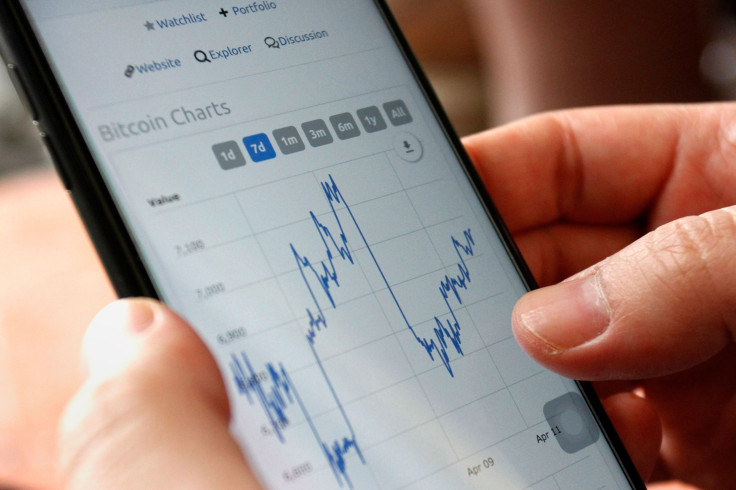What Is Bitcoin Halving? Definition, Date And More

The crypto world is bracing itself for the next Bitcoin (BTC) "halving," but the event's actual impact is ostensibly mere forecasts rooted from statistical models and historical comparisons. Yet those who possess a hoard of the popular crypto and even those who are just gadfly spectators are paying close attention to this upcoming change to Bitcoin's fundamentals.
But what is halving? When will it happen? And how can anyone gauge the likely consequences of this supply limiting protocol programmed to the world's favorite crypto?
Halving Explained
Halving pertains to the scheduled reduction of rewards proffered to miners or the people -- now companies too -- who maintain the BTC network through the verification and recording of transactions to the Bitcoin blockchain.
And as the upkeep of Bitcoin's network is entirely a competition, this rids the cryptocurrency of a central authority, which is why BTC was created in the first place.
Miners are rewarded because without them, Bitcoin wouldn't exist. Also, it takes a lot of financial resources to sustain a mining operation. In BTC's infancy, a laptop would suffice, but now thousands of dollars -- if not, millions -- should be invested to be able to compete in completing a transaction.
When is it going to happen?
The rewards given to miners started at $50 and had subsequently undergone two halvings since the genesis block (the first block on the Bitcoin blockchain) that diminished the rewards to $12.5. This happens every four years and is due again next year in May, which will bring down the rewards to $6.25.
Effects on price
The arguments people make about the halving is mostly centered on its effects on the price of the king of cryptos. During the two previous halvings, Moe Adham of Forbes observed that large volatility occurred around 12-18 months after each halving.
The first halving in 2012 took BTC from a price of $11 to $1,100 in 2013. The next instance happened in 2016, in which BTC was trading between the $580-$700 range and ended in a bull run in 2017.
Other forecasts of BTC's price after the halving takes place make use of the stock-to-flow model, which, in a nutshell, rationalizes that a runup in Bitcoin's price is possible because of the reduction in supply. This was published by Bayerische Landesbank in October this year.
And since Bitcoin miners need the fiat equivalent of the Bitcoin they mined to be substantial so as to keep their business alive, the May 2020 event may engender them to sell their rewards for a higher dollar value.
Technical Analysts' View
Others who follow technical analysis believe that since this information is already known, the market has already factored this in, and it's reflected on the charts.
Whether or not the crypto world sees another Bitcoin bull market after the next halving is only speculation at this point. Several factors should be taken into consideration as fundamentals have clearly changed since the two halvings. It may also be prudent to think that what happened in the past isn't necessarily indicative of what may happen in the future.

© Copyright IBTimes 2024. All rights reserved.





















